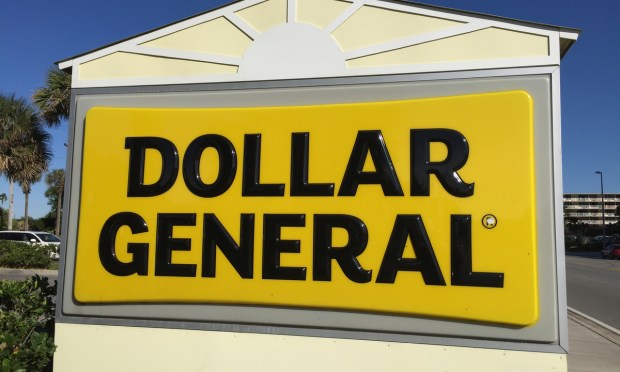Dollar General Says No Plans to Raise Core Product Prices, Unlike Dollar Tree Rival

Dollar General is planning nearly 3,000 real estate projects for 2022, including 1,110 new stores that will vastly expand the retailer’s Popshelf store concept and see the company expand internationally for the first time.
By the end of 2022, Dollar General plans to have up to 10 stores in Mexico, which CEO Todd Vasos said helps “lay the foundation for future growth.”
“Overall, we … are confident in our plans to drive long-term sustainable growth and value,” he said in a news release.
Vasos added that the number of Popshelf stores in the U.S. is expected to triple next year, and “given the sustained and positive performance of our Popshelf concept,” Dollar General will accelerate the pace of new store openings to have approximately 1,000 Popshelf locations by the end of 2025.
Popshelf, introduced late last year, is aimed at shoppers wealthier than those who frequent Dollar General locations, carrying items such as home goods, seasonal décor and party supplies. Over 90% of the merchandise sold by Popshelf costs $5 or less.
Read more: Dollar General Introduces ‘popshelf’ Store Concept
Dollar General Chief Merchandising Officer Emily Taylor told CNBC in an interview that the average basket size and value is higher at Popshelf than at Dollar General’s flagship stores, though she did not provide numbers.
In the third quarter, Dollar General recorded $8.5 billion of net sales, up 3.9% year over year primarily because of purchases at new stores and slightly offset by a decline in same-store sales and store closures. Gross profit as a percentage of sales was 30.8% in the quarter, compared to 31.3% in the same period of 2020, primarily because of increased transportation costs, an increasing share of sales coming from consumables that have a lower gross profit rate and an increase in inventory damages.
Fighting Inflation
The move to invest in a new higher-priced store concept rather than raise prices at its core stores stands in contrast to rival Dollar Tree, which last month said it would be raising prices to $1.25 across the board after months of tests on various items at different locations.
Dollar Tree also plans to open more Dollar Tree Plus stores, which have items priced between $1 and $5; at least 500 of those locations are set to open by the end of this fiscal year.
See: Dollar Tree Makes Higher Price Point Permanent
Pressuring retailers across the industry are rising costs of shipping and record levels of inflation, which surpassed 6% in October — the highest in more over 30 years. Both dollar-centric retailers are also facing major competition from Walmart, which last month said it plans to “invest in pricing” as a way to win market share.
“Our unit growth in grocery is growing faster than dollars, and that’s our position we’d like to stay in as long as we possibly can,” John Furner, president and CEO of Walmart U.S., told analysts during the company’s Q3 earnings. “We want to keep prices low for customers all across the business, and we’ll be the last to go up [in price].”
Related: US Inflation Rate Surges Past 6%, Highest Since 1990
Dollar Tree CEO Michael Witynski insists, though that the increased price point is part of a long-term strategy, not a reaction to current market conditions. “Lifting the one-dollar constraint represents a monumental step for our organization and we are enthusiastic about the opportunity to meaningfully improve our shoppers’ experience,” he said in a statement alongside the company’s third quarter earnings release.
